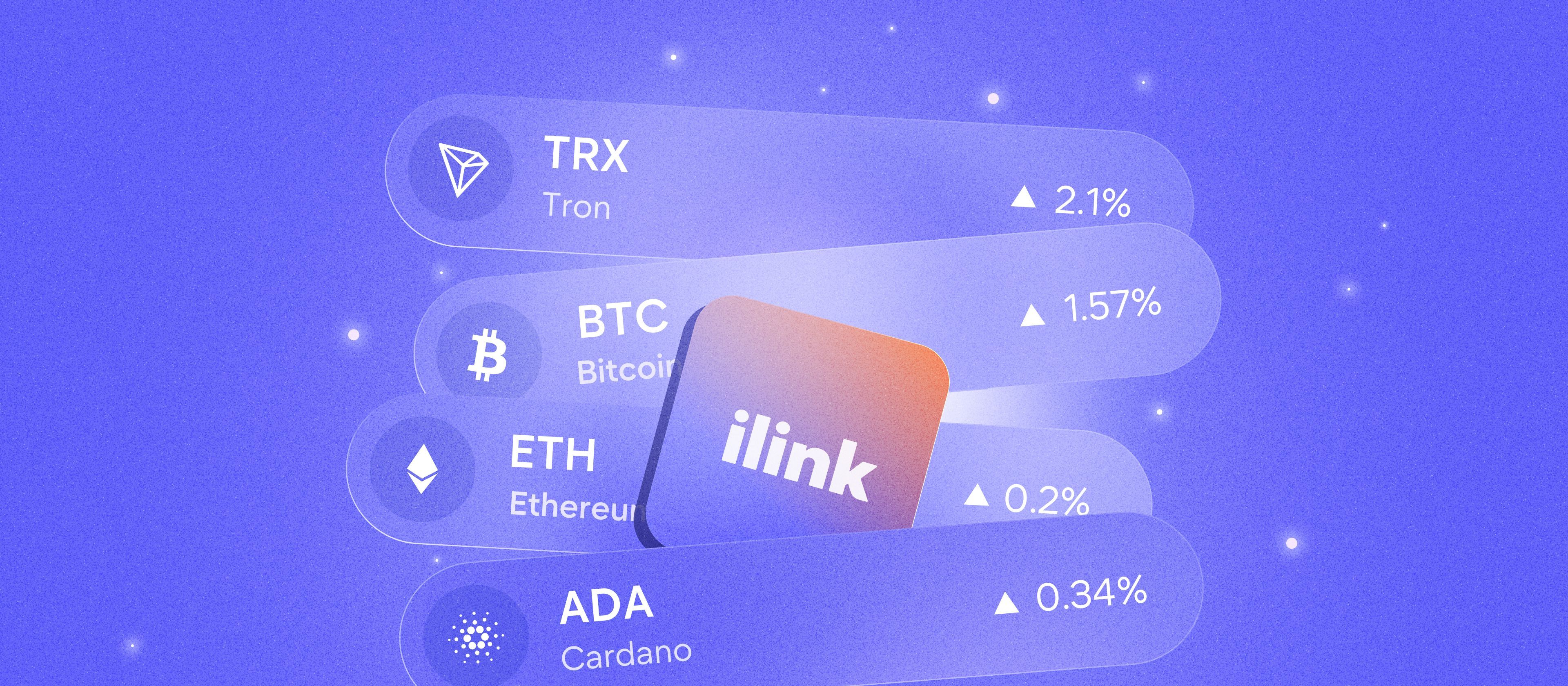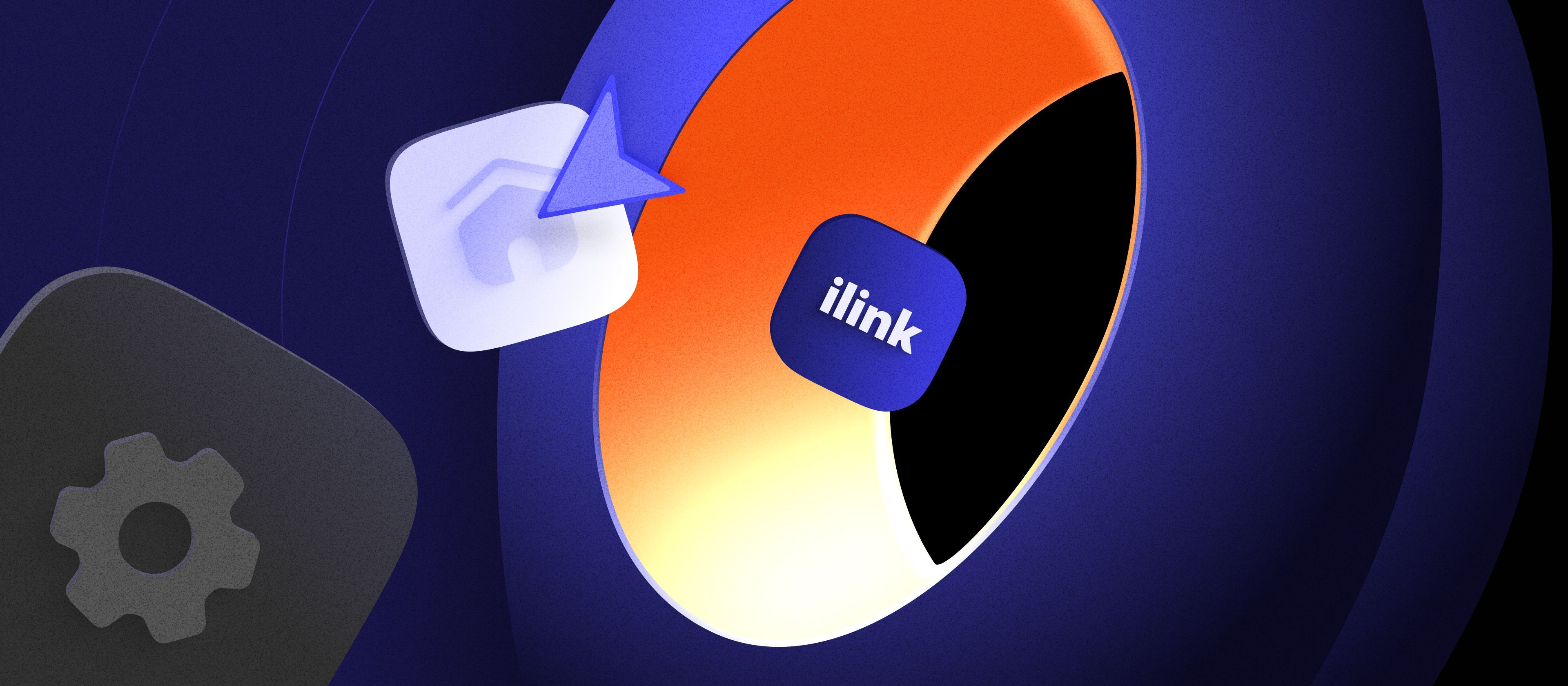DeFi App Development in 2025: Key Features, Tech Stack, and Cost Breakdown
Introduction
As the decentralized finance (DeFi) ecosystem continues to reshape the financial industry, 2025 marks a pivotal year for startups, fintech innovators, and enterprises looking to build their own DeFi applications. From lending and borrowing protocols to decentralized exchanges and yield aggregators, DeFi apps empower users with non-custodial access to financial services without relying on traditional intermediaries. But what does it take to build a successful DeFi app in 2025? In this article, we’ll break down the must-have features, modern tech stack, and cost considerations for DeFi app development—giving you a clear roadmap from idea to mainnet launch.
What Is a DeFi App?
A DeFi app is a blockchain-based decentralized application (dApp) that replicates or reimagines traditional financial services such as lending, trading, saving, and investing—without banks or central authorities. Instead, these services are governed by smart contracts—transparent, self-executing programs on the blockchain.
Popular types of DeFi apps include:
- Lending/Borrowing protocols (e.g., Aave);
- Decentralized exchanges (DEXs) (e.g., Uniswap);
- Staking and yield farming platforms;
- Synthetic asset issuers (e.g., Synthetix);
- Stablecoin protocols (e.g., MakerDAO).
Key Features of a DeFi App in 2025
To compete in today’s advanced DeFi landscape, a modern app must offer the following features:
1. Non-Custodial Wallet Integration
Support for wallets like Walletverse, MetaMask, WalletConnect ensures users maintain control of their funds. This is fundamental to DeFi’s philosophy of self-custody.
2. Smart Contract Core Logic
Smart contracts handle everything—lending terms, token swaps, yield calculations. Writing secure, transparent logic is key to building trust with users.
3. Token Management
Multi-token support, including ERC-20, BEP-20, and native tokens. The ability to mint, stake, burn, or lock tokens is essential for DeFi functionality.
4. Oracles for Real-Time Price Feeds
Integrating data oracles like Chainlink or Band Protocol provides secure, up-to-date asset prices, which is vital for lending ratios, liquidation logic, and trading.
5. DAO Governance Mechanisms
Allow users to participate in protocol governance via on-chain voting, proposals, and governance token staking.
6. Portfolio and Analytics Dashboard
Display real-time APY, historical performance, token balances, and profit/loss—all in an intuitive interface that retains users.
7. Cross-Chain Compatibility
Interoperability is critical in 2025. Support for bridges, multi-chain assets, and integrations with L1s (Ethereum, BNB Chain) and L2s (Arbitrum, Optimism) greatly expands market access.
8. Robust Security Framework
Built-in protections like multi-signature wallets, time-locks, and external audit reports ensure user funds remain safe.
Recommended Tech Stack for DeFi App Development
1. Blockchain Layer
Choose a blockchain based on transaction cost, speed, and user base:
- Ethereum (secure, mature, high TVL);
- Polygon, BNB Chain, Avalanche, Arbitrum (scalable, cost-efficient).
2. Smart Contract Development
- Languages. Solidity, Vyper, Rust (for chains like Solana or NEAR);
- Frameworks. Hardhat, Foundry, Truffle, OpenZeppelin (for reusable components).
3. Frontend
- Libraries. React.js or Next.js for responsive UIs;
- Web3 Integration. Ethers.js, Wagmi, RainbowKit for connecting wallets and signing transactions.
4. Backend and APIs
While DeFi apps can be mostly frontend + blockchain, backend components may be needed for:
- Notifications;
- Aggregating price feeds;
- User analytics.
Tech: Node.js, Express, PostgreSQL, and Redis
5. Web3 Indexing and Hosting
- Use The Graph, Alchemy, Infura, or Moralis for fetching blockchain data.
- Host UIs on IPFS or Fleek for decentralization; or use AWS/Vercel for speed.
6. Monitoring and DevOps
- CI/CD. GitHub Actions, Docker;
- Monitoring. Tenderly, Nansen, Dune Analytics.
DeFi App Development Process: Step-by-Step
- Discovery phase. Define your DeFi product’s purpose, features, and value proposition.
- UI/UX design. Wireframe the interface for clarity and smooth user experience.
- Smart contract architecture. Design tokenomics, incentives, and protocol logic.
- Frontend + Web3 integration. Connect UI to smart contracts via libraries like Ethers.js.
- Smart contract testing. Run unit/integration tests on testnets (e.g., Goerli, Mumbai).
- Auditing. Conduct a third-party audit for security and compliance.
- Mainnet deployment. Go live with well-documented contracts and onboarding flows.
- Post-launch maintenance. Regular updates, monitoring, governance upgrades.
DeFi Wallet App Development
A DeFi wallet app is more than just a storage tool for digital assets. It acts as a gateway to decentralized exchanges, lending platforms, staking opportunities, and yield farming—all powered by smart contracts. For businesses and startups, investing in DeFi app development means offering users secure, transparent, and accessible financial services that operate around the clock without traditional banking limitations.
When you decide to build a DeFi app, the development process involves multiple stages: selecting the right blockchain network, implementing multi-currency support, ensuring top-tier security with encryption and private key management, and integrating dApp browsers for seamless access to DeFi protocols. Features like biometric authentication, cross-chain compatibility, and integration with fiat payment systems can further enhance usability and adoption.
Professional DeFi app development services focus on creating scalable and user-friendly applications that comply with regulatory standards while delivering innovative financial experiences. Whether for startups entering the blockchain market or enterprises expanding into decentralized ecosystems, building a DeFi wallet app provides a competitive advantage by combining security, transparency, and financial inclusivity.
DeFi App Development Cost Breakdown
The total cost depends on the project scope, tech stack, audit requirements, and whether you're building from scratch or using DeFi modules.
1. MVP DeFi app
Basic functionality (e.g., single-chain lending or staking)
- Estimated cost: $30,000 – $60,000
2. Mid-tier DeFi platform
Multi-module platform with token utility, analytics, cross-chain support
- Estimated cost: $60,000 – $120,000
3. Enterprise-grade DeFi app
Full-featured protocol with DAO governance, custom analytics, security audits
- Estimated cost: $150,000 – $300,000+
Key cost factors:
- Blockchain (Ethereum costs more to deploy than L2s);
- Smart contract complexity;
- UI/UX design depth;
- Number of features and integrations;
- Security audits (can cost $10,000 – $50,000+).
Common Challenges in DeFi App Development
- Smart contract risks. Bugs or exploits can result in massive fund losses.
- Regulatory ambiguity. Compliance requirements vary by region and are evolving.
- Poor onboarding UX. Complex interfaces discourage non-technical users.
- Liquidity bootstrapping. Without TVL, DeFi protocols lack real-world utility.
- Oracle manipulation. DeFi apps relying on low-quality oracles risk inaccurate pricing.
Final Thoughts: Building Competitive DeFi Apps in 2025
DeFi is no longer a niche experiment—it’s a fast-growing sector that’s reshaping finance. In 2025, building a successful DeFi app means:
- Prioritizing security, scalability, and user experience;
- Selecting the right blockchain and tech stack;
- Understanding the economics and incentives of your protocol;
- Staying compliant with emerging regulations.
Working with an experienced DeFi development team can significantly reduce time to market and avoid costly mistakes.
Need Help Building Your DeFi App?
At ilink, we specialize in end-to-end DeFi app development—from smart contract design and Web3 integration to security audits and multi-chain deployment. Contact us today to launch a secure, scalable DeFi app that stands out in 2025.
Comments (0)
Latest Posts
Modern banking technologies enable financial organizations to operate faster, reduce costs, and deliver a seamless digital experience that is becoming a major competitive advantage.
Understanding the mobile app development cost helps plan budgets effectively and ensures that your investment delivers measurable results.
Do You Have Any Questions?
Leave your details - we will contact you to answer all your questions




